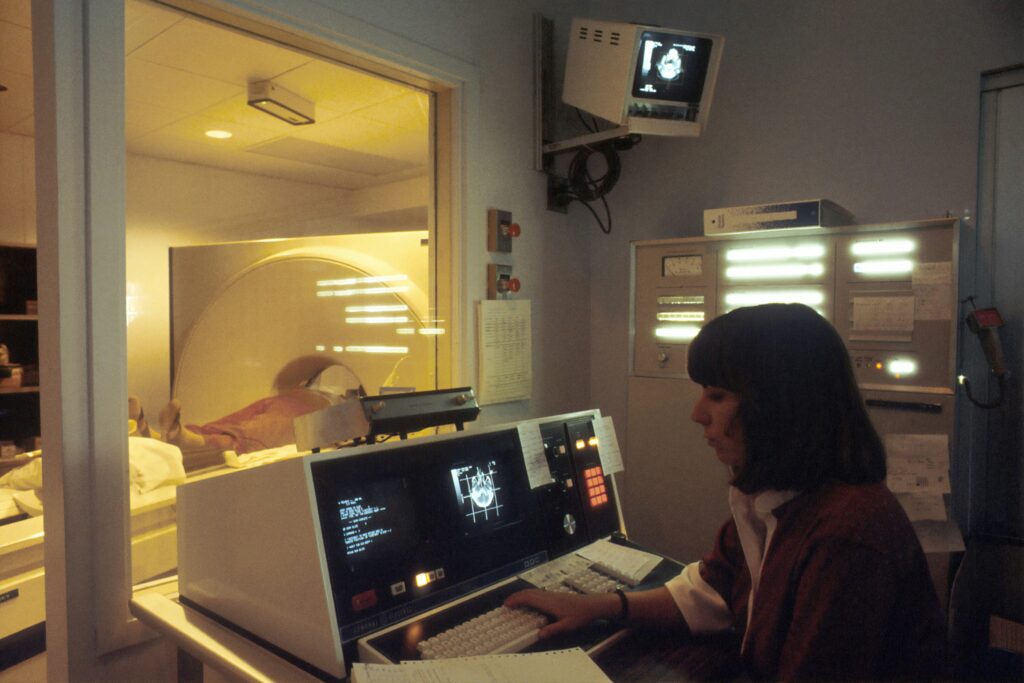
You can always be judged by your scars. This idea encapsulates a groundbreaking achievement in basic and biomedical research by the Spanish National Cancer Research Centre (CNIO), published in the journal Science. The “human REPAIRome” is a comprehensive catalogue of DNA repair scars, offering a new frontier in personalized cancer treatments.
The CNIO research team has identified 20,000 types of scars that remain in human DNA after repair. These have been meticulously organized into the human REPAIRome portal, a resource now available to scientists worldwide. This catalogue of scar patterns is not only a significant contribution to basic science but also holds immense potential for medical applications. By interpreting these patterns, researchers can tailor cancer treatments to individual patients.
“It is an ambitious piece of work, which we hope will become a truly useful resource in cancer research and also in clinical practice,” says Felipe Cortés, head of the CNIO’s DNA Topology and DNA Breaks group and lead author of the paper. Ernesto López, one of the study’s first authors, describes the effort as “strenuous and painstaking,” given the complexity of analyzing 20,000 patterns.
Understanding DNA Scars: A New Dimension in Cancer Treatment
DNA, the molecule that carries our genetic blueprint, is constantly subjected to breaks due to cellular dynamics and external factors like UV exposure. These breaks are hazardous, necessitating repair for cell survival. However, each repair leaves behind a unique set of genetic alterations, akin to scars, which researchers refer to as a “mutational footprint.”
Decoding these scars can provide critical insights into the nature of the original damage and the repair mechanisms employed by cells. This understanding is particularly relevant in oncology, where many treatments work by inducing DNA breaks. As Cortés explains, “This is very relevant for cancer treatment, because many cancer therapies precisely work by causing DNA breaks.”
The Human REPAIRome: A Detailed Catalogue of DNA Scars
The human REPAIRome project has revealed how each gene in our DNA influences scarring patterns. This comprehensive catalogue examines the mutational footprints left by DNA breaks across 20,000 different cell populations, each lacking a specific gene. This extensive analysis allows researchers to infer which genes are inactive in tumor DNA, aiding in the design of targeted therapies.
The CNIO team employed CRISPR gene-editing technology to induce breaks in these cell populations, observing the resulting scars. This massive analysis was conducted simultaneously across all populations, a feat that required significant technological and computational innovation.
REPAIRome is a catalogue that shows how each of the about 20,000 human genes affects the patterns of mutations that result from DNA break repair.
Implications for Future Research and Treatment
The REPAIRome portal is a powerful tool that allows researchers to explore how any human gene affects DNA repair, analyze gene interactions, and investigate molecular pathways. The CNIO team has already identified new proteins involved in DNA repair and uncovered mutation patterns linked to kidney cancer and hypoxia in tumors, potentially leading to novel therapeutic approaches.
DNA double-strand breaks (DSBs), one of the most severe types of DNA damage, are a focal point of the REPAIRome. Understanding DSB repair mechanisms is crucial for improving cancer treatments, as chemotherapy and radiotherapy rely on inducing such breaks. Insights from the REPAIRome could also enhance gene-editing technologies like CRISPR-Cas.
“In-depth understanding of how double-strand break repair mechanisms operate (…) is an area of extraordinary interest, with implications for human health, including cancer biology and treatment,” the authors write in Science.
Funding and Future Directions
This project received funding from state and European public sources, including the Spanish Research Agency and ERDF funds. Additional support came from the Autonomous Community of Madrid, the “la Caixa” Foundation, and the Spanish Association Against Cancer.
The Spanish National Cancer Research Centre (CNIO) is a leading public research institution dedicated to advancing cancer prevention, diagnosis, and treatment. With a team of over 500 scientists, CNIO continues to make significant contributions to the field of cancer research.
The development of the human REPAIRome marks a significant milestone in personalized medicine, offering new avenues for cancer treatment and research. As the scientific community continues to explore this resource, the potential for new discoveries and therapeutic strategies remains vast.







